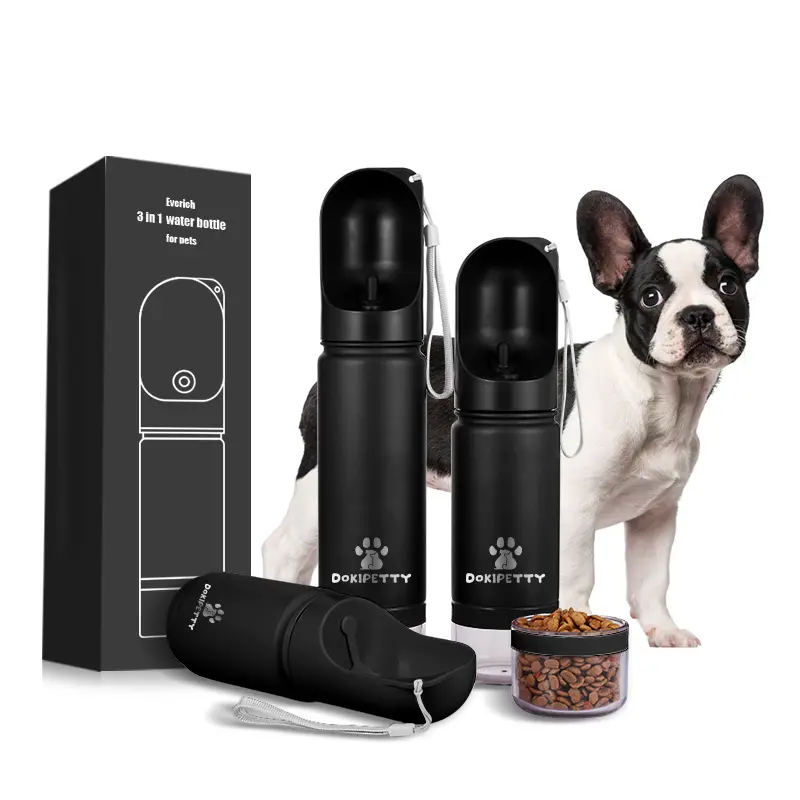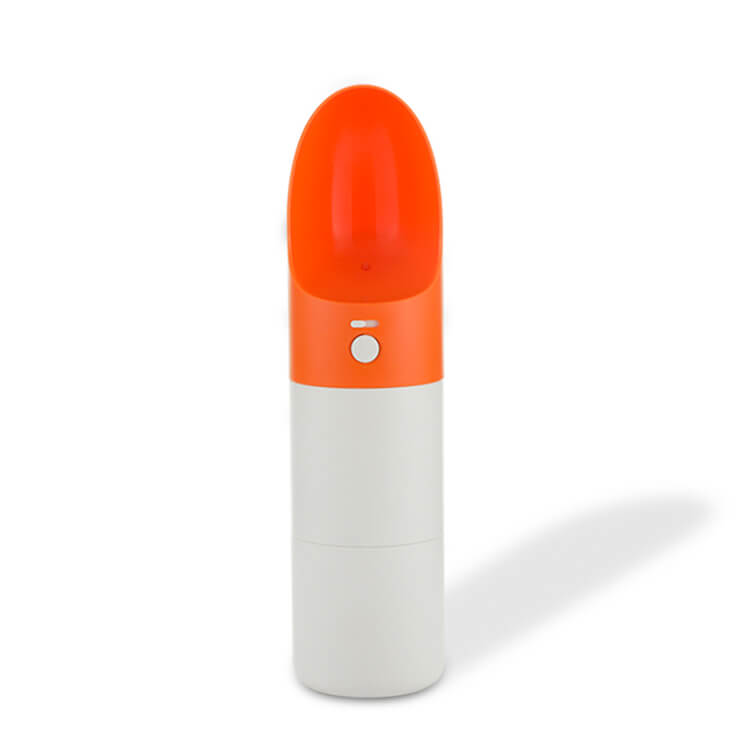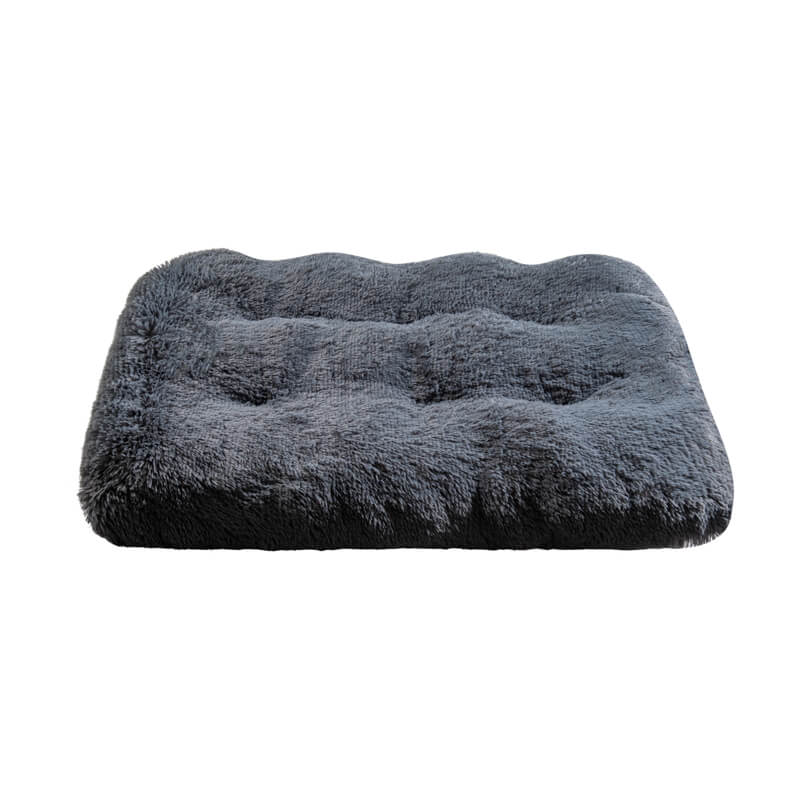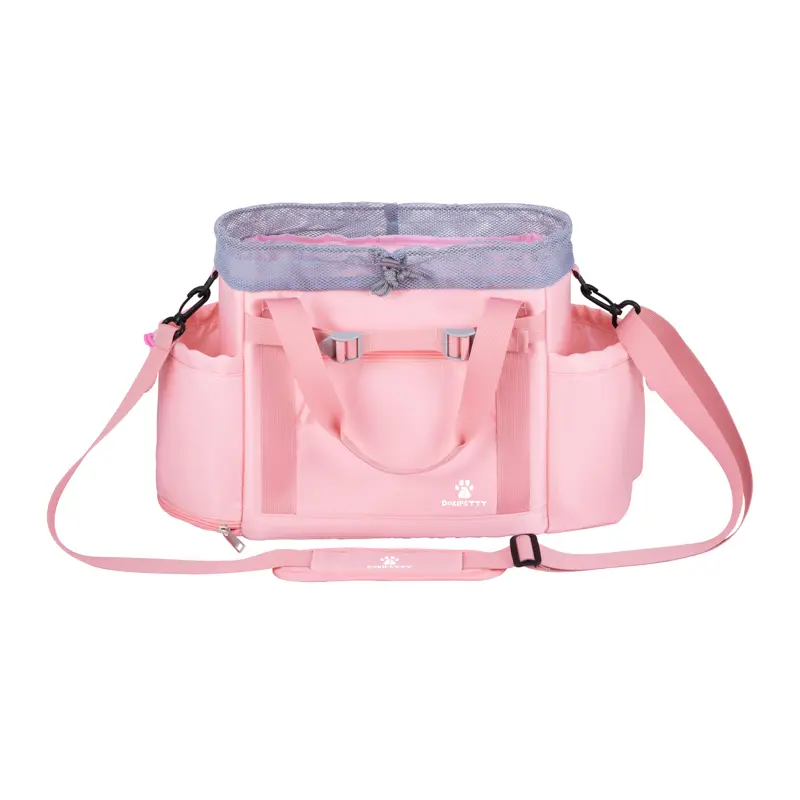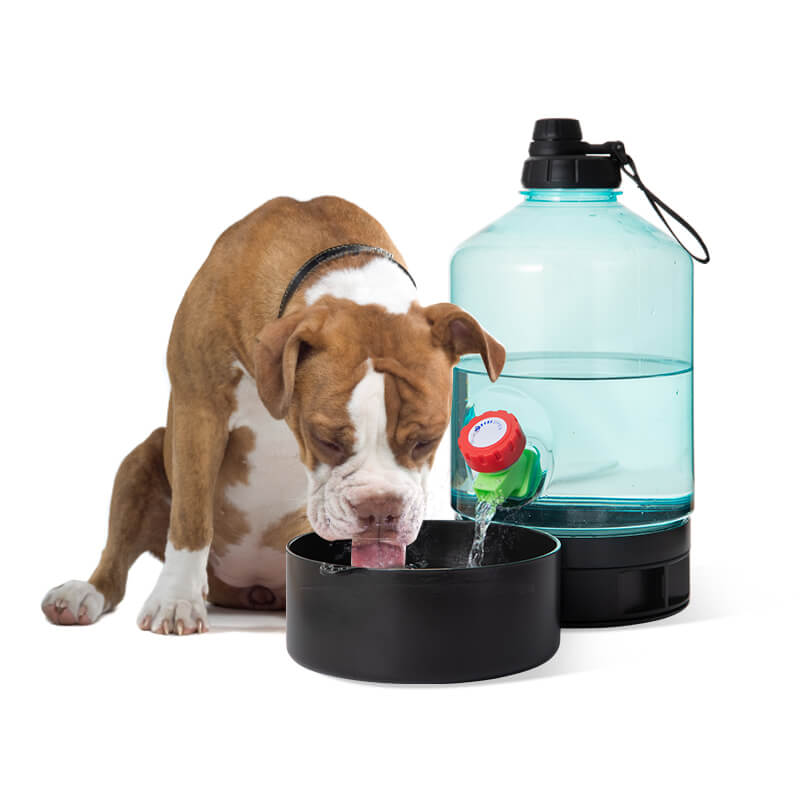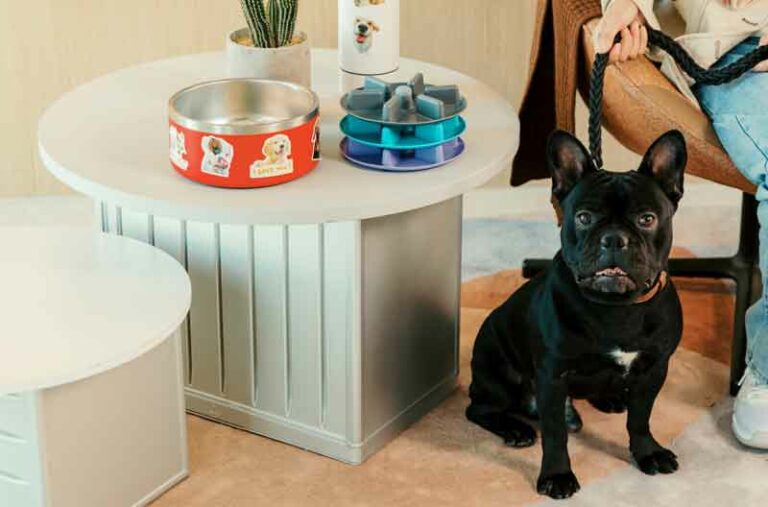
Table of Contents
Introduction
Nowadays, the number of pet owners is growing rapidly, and there are more and more people showing off their pets on social media. With the increasing awareness of healthy pet care, slow eating bowls can effectively reduce the speed of dogs’ eating, prevent problems such as rapid eating, and cultivate healthy eating habits for dogs. Today, we will give you a comparison of slow eating dog bowls and traditional dog bowls for details. Let’s get started!
Pet Cleaning and Care Products
In terms of the efficacy and appeal of cleaning and care products for pet cats, the mildness of the ingredients has become the primary consideration for pet owners when making purchases. Other factors include the functionality, specificity, cost-effectiveness, fragrance, ease of rinsing, brand reputation, and user reviews.
In addition to pet shampoos and bath gels, specialized products such as hair care essences, grooming powders, paw care creams, massage oils, ear care gels, and spa-grade deep nourishing care sets are also becoming popular among consumers.
What are Slow Feeder Bowls?
Slow feeding bowls are specialized dog bowls crafted to promote healthier eating habits among dogs. Their primary purpose is to prevent dogs from consuming their meals too rapidly.
Featuring innovative designs, slow feeding bowls often incorporate obstacles, mazes, or elevated sections, making mealtime engaging and stimulating for dogs. By slowing down their eating pace, these bowls encourage dogs to consume smaller, more manageable portions, facilitating proper chewing and digestion. Rapid eating in dogs can lead to gastrointestinal discomfort and various health issues.
In essence, the slow feeding bowl serves as a facilitator, ensuring that dogs eat at a suitable pace, thereby promoting the well-being of their stomachs and overall health.
Advantages of Slow Feeder Bowls for Dogs
Slow eating bowls can be beneficial for certain dogs, especially those prone to eating too quickly. Here are some reasons why slow eating bowls can be helpful:
Prevent Overeating: Dogs that eat too quickly may consume their food too rapidly, which can lead to overeating and digestive issues such as vomiting, bloating, or even potentially dangerous conditions like gastric dilatation-volvulus (GDV), also known as bloat. Slow eating bowls force dogs to eat more slowly, reducing the risk of these problems.
Promote Better Digestion: Eating slowly allows for better digestion. When dogs eat too quickly, they may swallow air along with their food, which can lead to gas and discomfort. By slowing down their eating pace, dogs have better-chewed food, which aids in the digestive process.
Mental Stimulation: Some slow eating bowls incorporate puzzles or obstacles that make dogs work for their food. This mental stimulation can provide entertainment and enrichment, especially for dogs prone to boredom.
Weight Management: For dogs prone to obesity or weight gain, slow eating bowls can help control portion sizes and prevent rapid consumption of large amounts of food.
Behavioral Improvement: Dogs that scarf down their food quickly may develop food guarding behavior or become possessive of their bowls. Slow feeding can help alleviate these behaviors by changing the association with mealtime.
However, it’s essential to introduce slow eating bowls gradually and monitor your dog’s response. Some dogs may initially find them frustrating or challenging to use, while others may adapt quickly. Additionally, slow eating bowls may not be suitable for all dogs, such as those with brachycephalic (short-nosed) breeds or dogs with certain dental issues. As always, consult with your veterinarian for personalized advice regarding your dog’s specific needs and feeding habits.
What are Traditional Dog Bowls?
For generations, traditional dog bowls have served as the standard choice for providing food and water to dogs.
Crafted from materials such as plastic, ceramic, or stainless steel, these bowls come in a range of sizes and shapes to accommodate different breeds and preferences. Featuring a flat or slightly elevated base and sloping sides, traditional dog bowls effectively contain food and water during mealtime.
Their straightforward design fulfills the fundamental role of offering dogs a designated area for nourishment and hydration. Available in various colors and patterns, traditional dog bowls cater to individual tastes while remaining readily accessible to pet owners everywhere.
Slow Feeder Bowls vs. Traditional Bowls: Which is Better for Your Dog?
Based on the comparison between slow feeder bowls and traditional bowls, several key conclusions can be drawn:
Eating Pace and Preventing Overeating: Slow feeder bowls excel in encouraging proper chewing, digestion, and preventing overeating by helping dogs recognize when they are full. In contrast, traditional bowls may promote fast eating and potentially lead to overeating.
Digestive Health: Slow feeder bowls offer specific benefits for digestive health by supporting better digestion and reducing the risk of gastrointestinal issues. Traditional bowls, however, do not provide targeted benefits in this regard.
Mental Stimulation: Slow feeder bowls provide mental exercise and engagement for dogs through their innovative designs, while traditional bowls do not offer such stimulation.
Cleaning: Slow feeder bowls may be harder to clean compared to traditional bowls, which are generally easier to maintain.
Price and Skid Resistance: Slow feeder bowls tend to be relatively expensive and may have poor skid resistance, whereas traditional bowls are cheaper and often have good skid resistance.
In conclusion, while traditional bowls serve their basic purpose of providing food and water to dogs, slow feeder bowls offer additional benefits such as promoting healthier eating habits, better digestion, and mental stimulation. However, pet owners should consider factors such as ease of cleaning, price, and skid resistance when choosing between the two types of bowls. Ultimately, the best choice depends on the individual needs and preferences of both the dog and its owner.
Conclusion
In conclusion, both traditional bowls and slow eating bowls have their pros and cons, but for many dogs, especially those prone to eating too quickly or experiencing digestive issues, slow eating bowls may offer significant benefits for their health and well-being. By understanding the differences between these two types of bowls and considering your dog’s individual needs and preferences, you can make an informed decision that promotes a happier and healthier mealtime experience for your furry friend.




